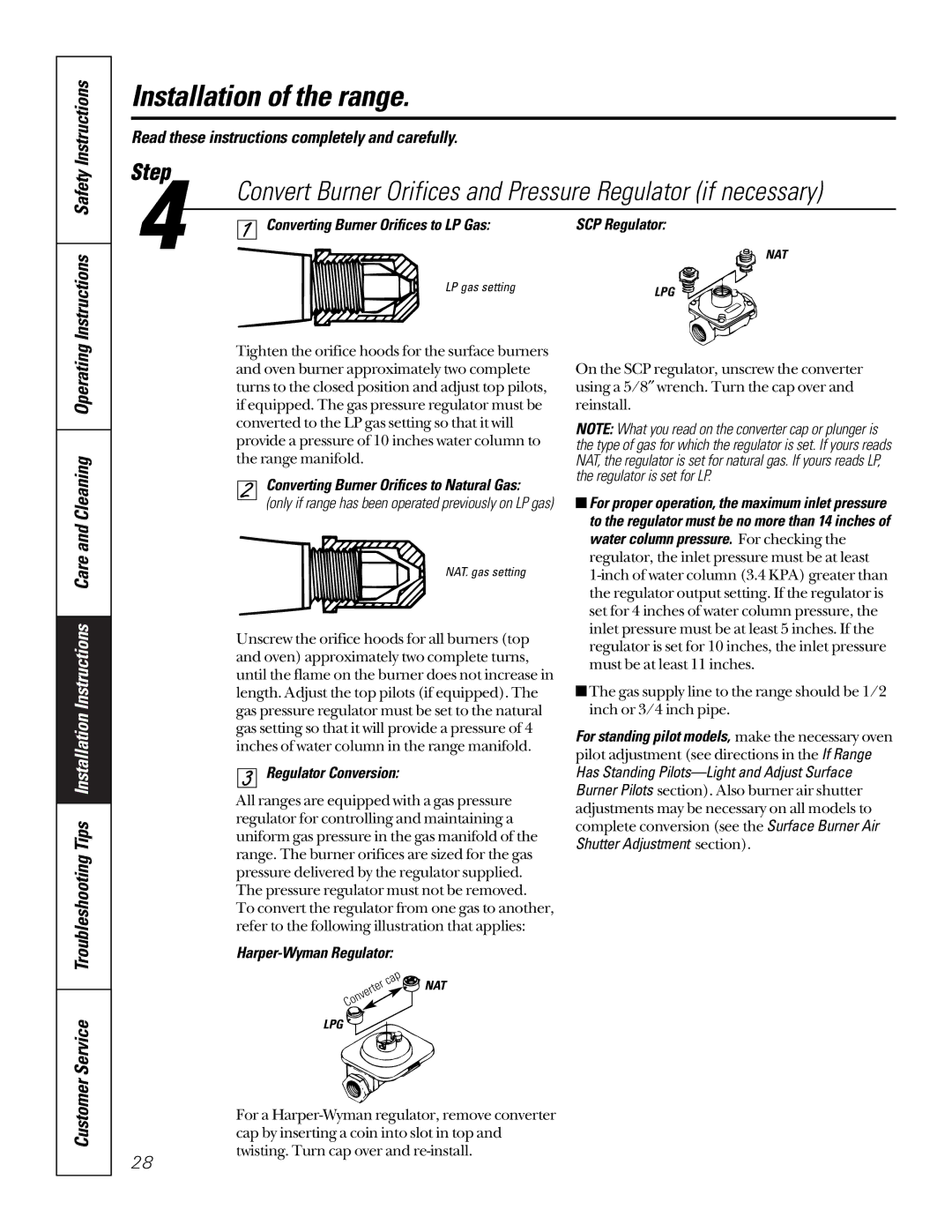164D3333P185-1 specifications
The GE 164D3333P185-1 is a high-performance component designed for industrial applications, particularly in the field of electrical engineering. This product demonstrates a blend of advanced technology, reliability, and efficiency, which makes it a preferred choice for various sectors.One of the standout features of the GE 164D3333P185-1 is its robust design. Constructed with durable materials, it is built to withstand challenging environmental conditions. This durability ensures that it maintains performance integrity over time, minimizing the need for maintenance and reducing downtime in industrial operations.
The component incorporates state-of-the-art technologies that enhance its functionality. It utilizes advanced sensor technology, which allows for precise monitoring and control of electrical systems. This capability is crucial in applications where accuracy and reliability are paramount. Additionally, the GE 164D3333P185-1 is equipped with innovative power management features that improve energy efficiency, leading to cost savings in operational expenses.
Another key characteristic of the GE 164D3333P185-1 is its versatility. It can be seamlessly integrated into various systems, whether in manufacturing, energy production, or commercial applications. This adaptability makes it a valuable asset in the ever-evolving industrial landscape.
The GE 164D3333P185-1 also promotes enhanced safety features. It includes built-in protection mechanisms that guard against electrical surges and faults, ensuring a safe operational environment. This attribute is particularly important for organizations that prioritize safety and risk management as part of their operational protocols.
Moreover, the ease of installation and user-friendly interface of the GE 164D3333P185-1 simplify the integration process. Technicians can efficiently set up and operate the component without extensive training, leading to quicker project turnaround times.
In summary, the GE 164D3333P185-1 is an exemplary product that showcases the best of modern engineering. With its robust design, advanced technologies, energy efficiency, safety features, and versatility, it stands as a critical component for industries looking to enhance their operational capabilities. Adopting the GE 164D3333P185-1 means investing in a future-proof solution that addresses the demands of today's dynamic industrial environments.

